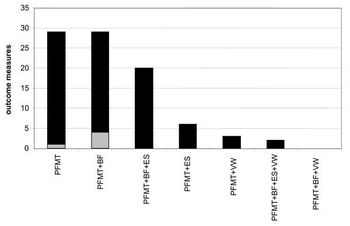
Those who had hoped that the combination of routine screening with cancer antigen 125 (CA-125) and pelvic ultrasound would promote an earlier diagnosis and improved survival for women with ovarian cancer were dealt a harsh blow when the PLCO trail results were reported.
